A Local’s Guide to Osaka Castle
While Osaka is home to many castles, one castle in particular is especially dear to the Osaka people, and that is Osaka Castle itself. Located in the very heart of Osaka City, the castle welcomes people from all over the world every year.
Osaka Castle
Our Recommendation for Getting to Osaka Castle
Four gates connect Sannomaru to Ninomaru: Ootemon Gate, Kyobashiguchi Gate, Aoyamon Gate, and Tamatsukurimon Gate.
Whichever gate you use to enter Ninomaru will eventually lead you to Honmaru, but we strongly recommend entering through Ootemon Gate, which is closest to the Tanimachi 4-Chome Station via the Tanimachi Subway Line.
Although some websites recommend getting off at Osaka-jo Station, this means you will most likely enter Osaka Castle through Aoyamon Gate. Historically, this gate primarily functioned as an emergency exit and was not even used for a long time because the gate faces northeast, an ominous direction in feudal Japan.
The two other gates that guard Ninomaru, Kyobashi, and Tamatsukuri lost their turrets in massive fires during the war and have become shadows of their former selves.
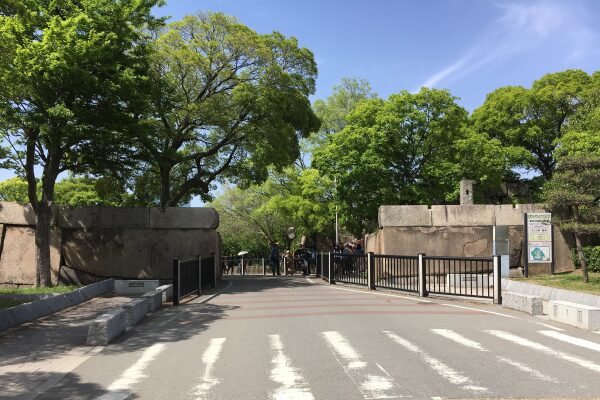
Sannomaru
That being said, it would be nice to walk around Sannomaru if you have plenty of time to explore the castle. In Sannomauru many things tell the long history of Osaka Castle such as Osaka Arsenal.
In fact, after the Meiji Era, Osaka Castle became the property of the Japanese military. The castle eventually came to house what was probably the largest weapons factory in East Asia. The factory produced everything from guns to cannons and was the principal reason Osaka became a target during WWII.
One of the few buildings left from the military’s time at Osaka Castle is the chemical testing center.
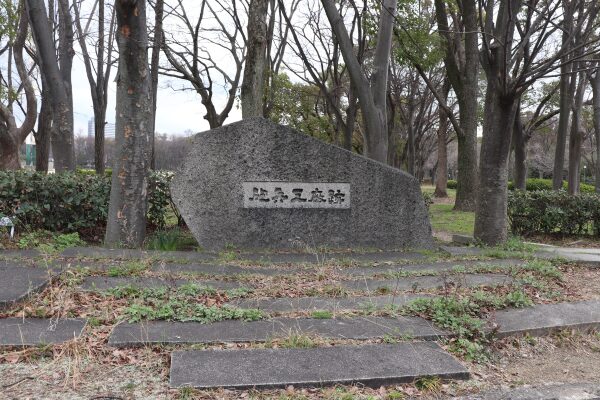
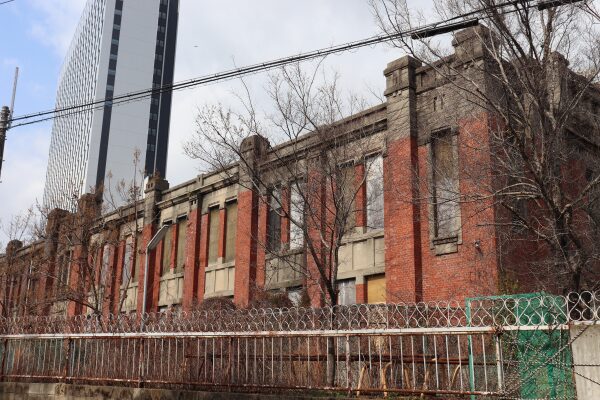
If you come to Osaka Castle in spring, sakura is beautiful near Ootemon Gate. Also, Osaka Castle has one of the biggest plum gardens in Osaka near Tamatsukurimon Gate. Make sure to check them out!
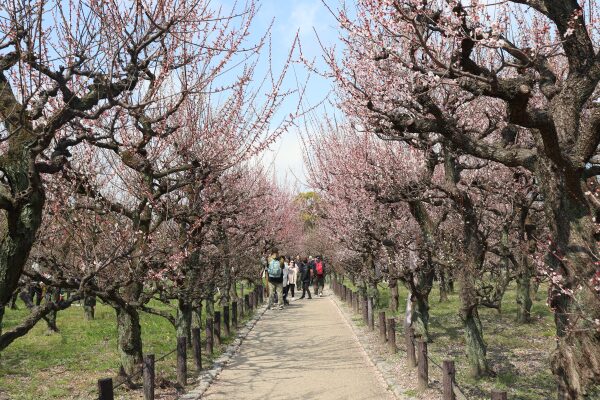

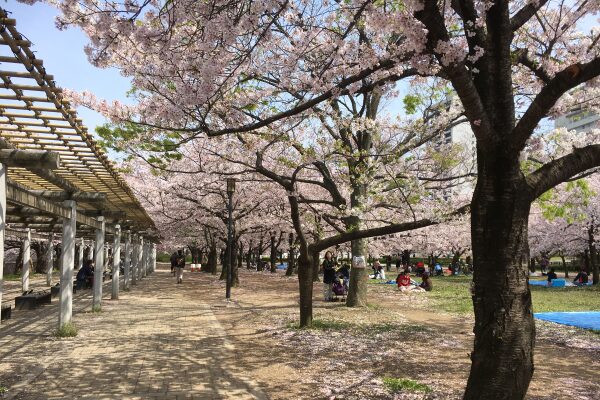
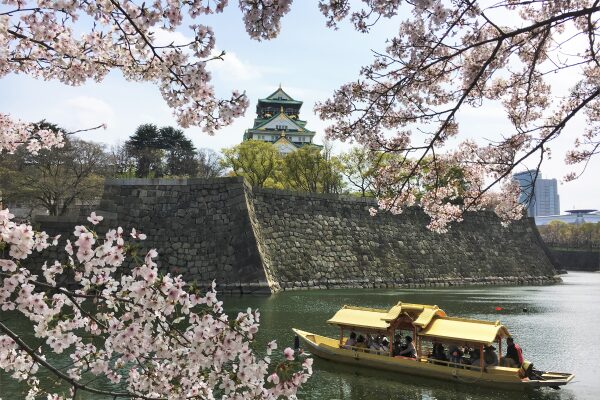
Ootemon
Once you get off at Tanimachi 4-Chome Station, Ootemon Gate is right in front of you.
As you are entering Ootemon Gate look to your left and you will see a turret called Sengan-yagura. This turret was built in 1620 and is one of the oldest buildings in Osaka Castle. This turret allowed soldiers to attack intruders approaching from either side of Ootemon Gate.
Actually, several turrets in Osaka Castle date back to the Edo period, when Tokugawa Ieyasu rebuilt Osaka Castle, thus registered as a National Cultural Property.

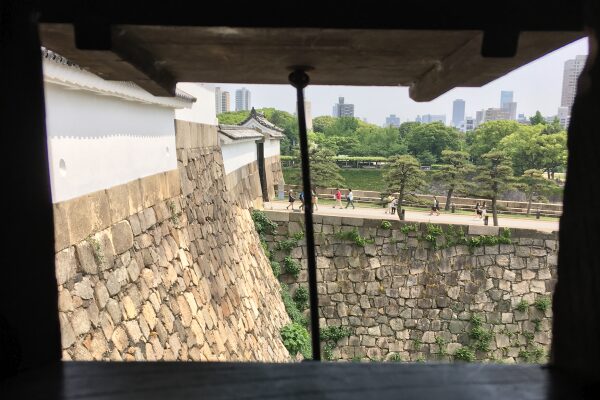
Ninomaru
After passing Ootemon, it is Ninomaru. Although it could require a lot of energy to walk around Sannomaru, we highly recommend walking around Ninomaru so that you can see the castle from the best angle. Not to mention that it takes only 10-15 minutes to walk around the entire Ninomaru.
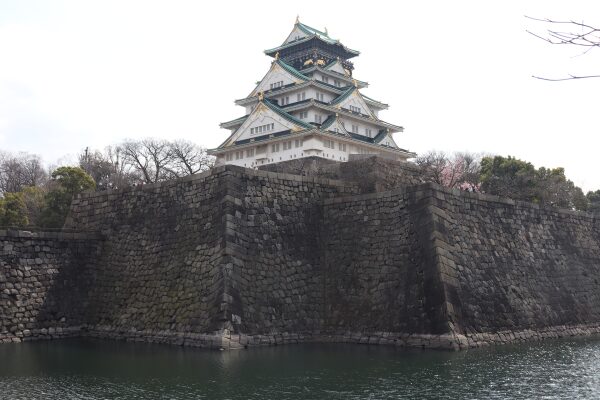
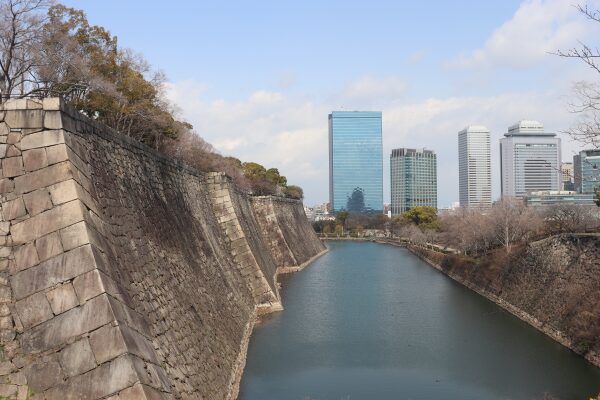
If you remember from our article about the Ishiyama Hongan-ji monks, you will recall that they occupied where Osaka Castle stands long before any of the incarnations of the castle were erected. Though nothing remains about Ishiyama Honjan-ji Temple, archaeologists, and historians have been able to piece together that the temple likely stood in Ninomaru.
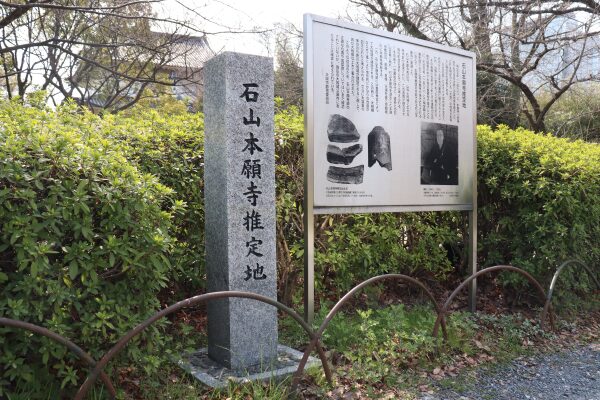
Just after the Hongan-ji monument, you will see Karabori Moat. But the moat is empty!
This moat has been empty ever since the very first version of the castle. Some speculate that this moat was another defensive countermeasure meant to lure enemy platoons, ultimately making them easier to kill. Scaling the castle wall would also have been much more difficult from that side of the moat as well.
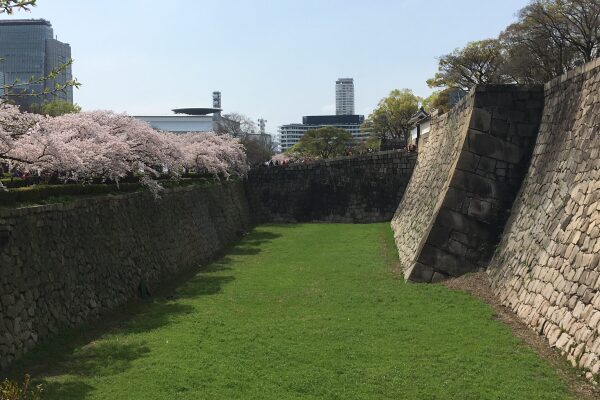
If you walk a little bit more, you will see Sakuramon, the main gate for Honmaru. Unfortunately, the military had to rebuild this gate after it burned down in 1868. Just as you approach the gate you will see a large stone called octopus stone because it has a octopus pattern on it.
Honmaru and Castle Tower
The Keep of Osaka Castle was built by Toyotomi Hideyoshi in 1583 after he successfully conquered Japan. However, after Hideyoshi’s death, Tokugawa Ieyasu quickly gained power and eradicate all traces of Hideyoshi by ordering them to bury anything remaining of the previous Hideyoshi’s castle. Tokugawa started the construction of Osaka Castle on top of Hideyoshi’s once-grand castle and completed his version of Osaka Castle in 1629.
However, in 1660, there was a huge explosion when lightning struck. The massive explosion blew most of the castle tower to pieces and burned down many of the structures in Honmaru.
After the explosion, the castle’s main tower was not rebuilt for nearly 300 years. It was only in 1931 that the castle was rebuilt, together with The 4th Division Headqurater. The funding, surprisingly, had almost entirely come from donations made by the city’s residents.
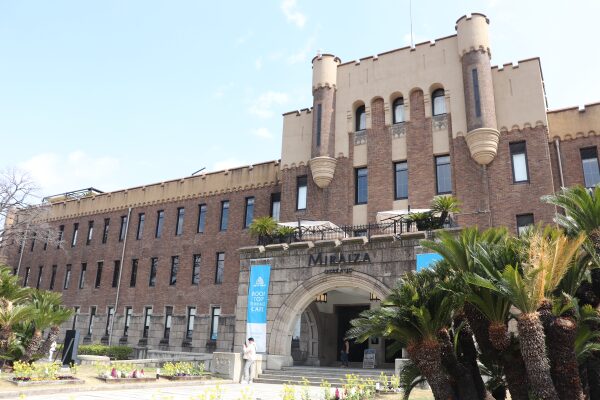
The current version of Osaka Castle combines the two previous castles by building a replica of Hideyoshi’s palace on top of the stone wall left from the Tokugawa Period. Also, Hideyoshi’s cattle were said to be entirely black, meaning this keep might not be true to history.
In 1886, the military brought part of Wakayama Castle, called Kishu Goten, to Osaka Castle. Despite surviving the onslaught of WWII, Kishu Goten caught fire shortly after the war. This Japanese-style garden sitting near the front of the castle is all that remains of Kishu Goten.
Everybody tries to take a photo of the castle from the front, but the best spot to take a photo is from the garden in the west of the keep.
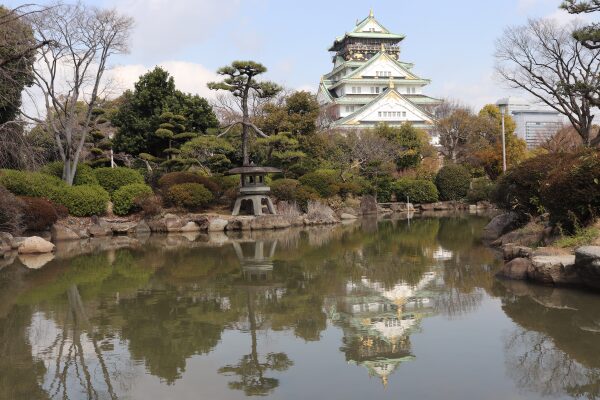
Inside the castle is rather a museum exhibiting the history of the castle. If you know very little about Japanese history, you may not be able to understand all the exhibits in the museum.
However, when you do reach the top, you can enjoy the panoramic view of the city.
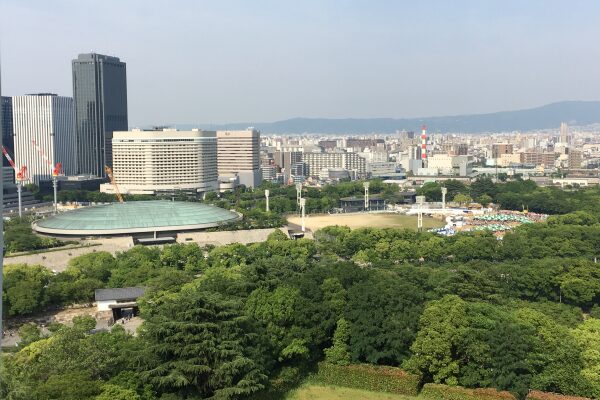
Yamazato Maru
From the back of the castle, the path leads to Ninomaru via Yamazato Maru and Gokurakubashi Bridge.
During the Siege of Osaka Hideyoshi’s second wife, Yodo, and his son Hideyori watched in horror as their castle burned. Rather than face imprisonment, banished, or worse, it was in Yamazatomaru that they decided to commit suicide, thus ending the Toyotomi clan forever.
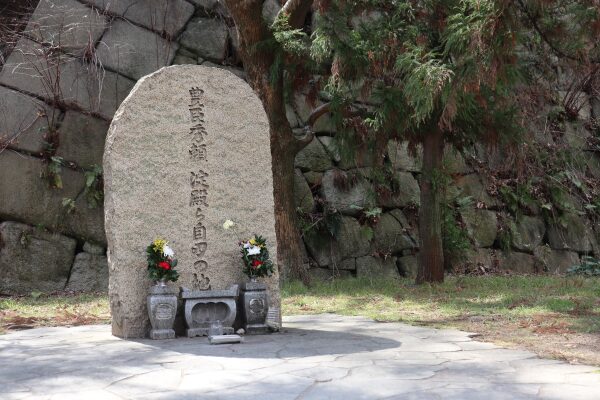
After you finish Yamazato Maru, you will see the Gokurakubashi Bridge. Gokurakubashi Bridge might look unimpressive now, but in Hideyoshi’s day, it was once covered elaborate roof and decorative gate. After Hideyoshi’s death, the gate went to Hougon-ji Temple on Chikubushima Island in Lake Biwa.
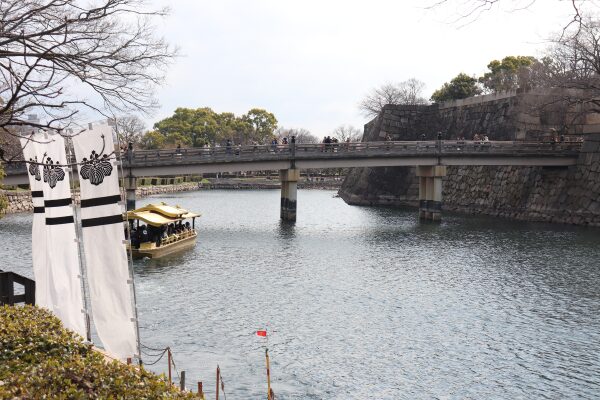

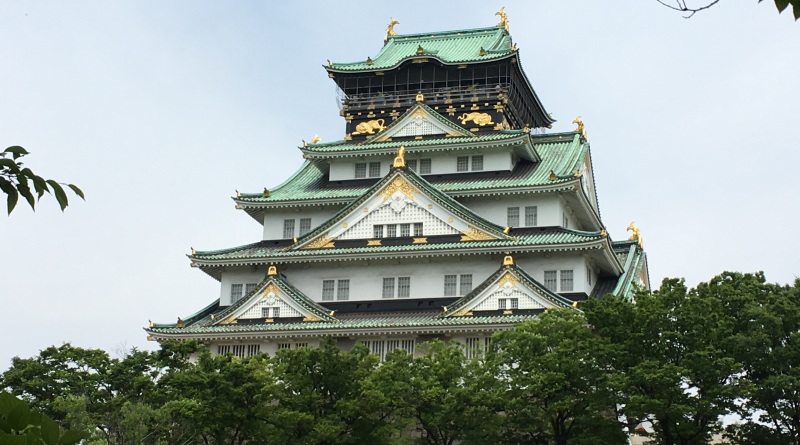
Leave a Reply